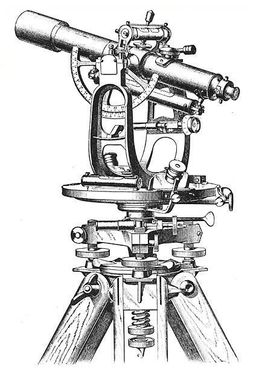Topographic Survey
A Topographical Survey is a 2-D representation of what is happening in the real world (3-D). The characteristics of a topographical survey can vary, but some of the most common elements include:
- Contours. A contour line shows the peaks and the valleys of the land. For example, if there is a significant slope on a property, contour lines can be shown on the drawing to represent every time there is a drop of 5 vertical feet. A drop of 3 feet, 2 feet or even 1 foot can be shown as well, it is all based on the data that the land surveyor obtains while at the project. The smaller the cumulative drop, the more detailed the survey becomes.
- Vegetation and physical attributes. If there is a stream or creek, or an easily identified wooded area, those attributes are identified by the land surveyor and data regarding the location of those attributes is obtained. The surveyor can locate individual trees and bushes, the outer perimeter of a “brushy” area, and more info at the request of the client.
- Utilities. Any visible improvement on the lot can be identified and shown on the topographical survey. Overhead utility lines, street lights, electric boxes, pipeline markers and any visible evidence can be shown on the drawing. Items that are buried or located underground can be marked by companies such as DigRite. The surveyor can then show those markings on the drawing.
We need your consent to load the translations
We use a third-party service to translate the website content that may collect data about your activity. Please review the details in the privacy policy and accept the service to view the translations.

